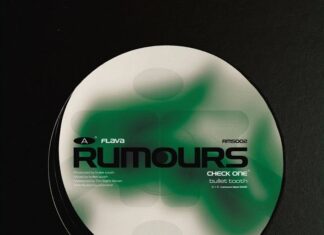
If you’re a budding musician, producer, or just someone curious about the world of music production, you’ve likely heard of Auto-Tune. It’s a tool that has become synonymous with modern music production, often used to correct pitch in vocal and instrumental tracks. Here’s a beginner’s guide to understanding and using Auto-Tune effectively.
Auto-Tune is a digital audio processor created by Antares Audio Technologies. It’s designed to alter pitch in vocal and instrumental music recordings. Initially intended to discreetly correct off-key inaccuracies, it gained popularity for its distinctive sound, now a staple in various music genres.
Key Features:
Pitch Correction: Auto-Tune can correct the pitch of a vocal or instrument to the nearest semitone (half step).
Tuning Speed: You can adjust the speed at which Auto-Tune corrects the pitch, leading to either a natural or the iconic ‘T-Pain effect.’
Input Type: It allows you to select the input type (soprano, alto/tenor, low male, instrument, etc.), optimizing the correction for the source.
How to Use Auto-Tune
Setting Up:
Software Requirements: Auto-Tune is available as a plugin. You need a Digital Audio Workstation (DAW) like Pro Tools, Logic Pro, FL Studio, or Ableton Live.
Installation: Install the Auto-Tune plugin and ensure it’s compatible with your DAW.
Basic Steps:
Record Your Track: Record the vocal or instrumental track you want to apply Auto-Tune.
Apply the Auto-Tune Plugin: Add Auto-Tune to the track’s effects chain in your DAW.
Choose the Correct Key and Scale: Determine the key and scale of your track. Auto-Tune should correct pitches to the notes within this scale.
Adjust Retune Speed: A slower retune speed for natural correction, faster for a more robotic sound.
Fine-Tune Other Parameters: Experiment with settings like Humanize and Natural Vibrato to achieve the desired sound.
Tips for Effective Use:
Subtle Correction: For natural-sounding pitch correction, use a slower retune speed and avoid over-tuning.
Creative Effects: Use a fast retune speed for the iconic Auto-Tune effect.
Correct Key is Crucial: Incorrect key settings can lead to undesirable pitch correction.
Practice Makes Perfect: Experiment with different settings to understand their impact on your audio.
Ethical Considerations and Public Perception
While Auto-Tune is a powerful tool for perfecting vocal tracks, it’s essential to consider its impact on music authenticity. Overuse can lead to a loss of natural expression and emotion in music. It must also be criticized for making it easier for less skilled singers to achieve a polished sound. However, when used creatively, it’s an artistic tool like any other in music production.
Conclusion
Auto-Tune can be a fantastic asset in music production for both corrective and creative purposes. With a thoughtful approach and practice, you can use it to enhance your recordings, balancing natural talent and technological advancement in your musical creations.





















 🔥 Limited Time: Get 55% OFF All Plans - Ends in:
🔥 Limited Time: Get 55% OFF All Plans - Ends in: